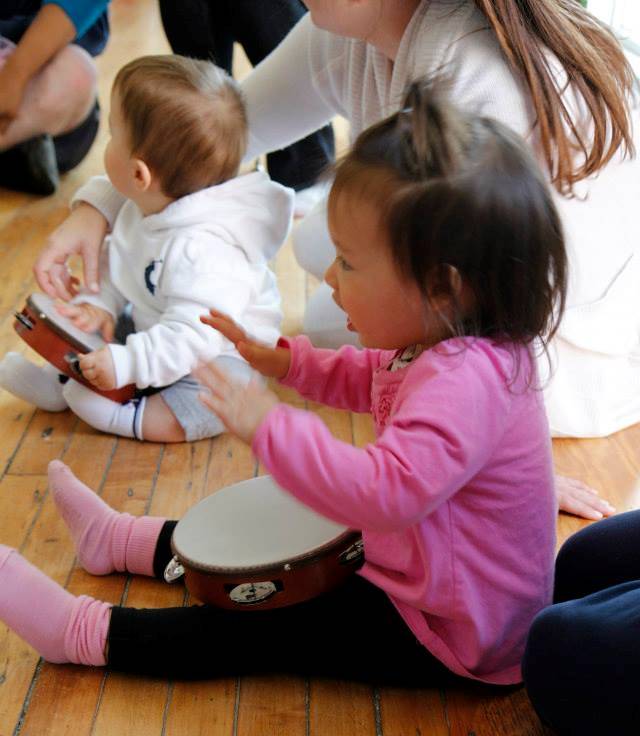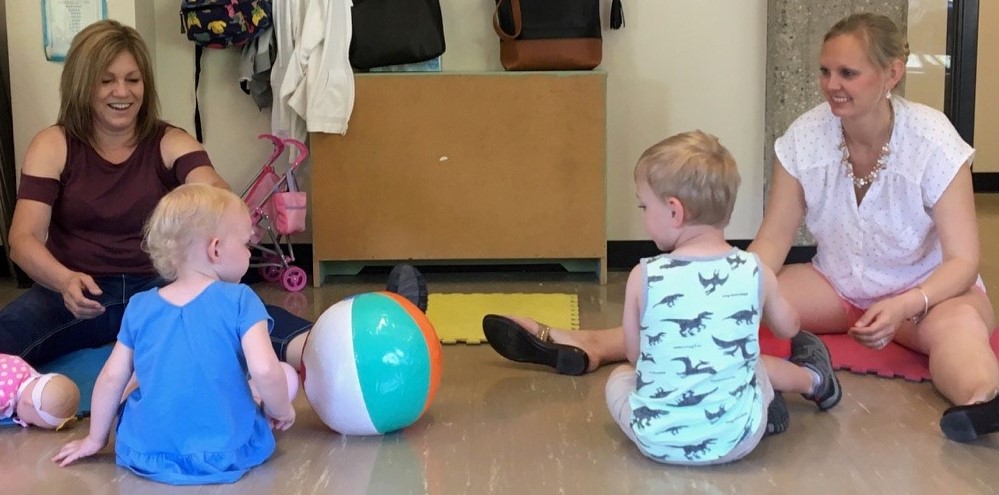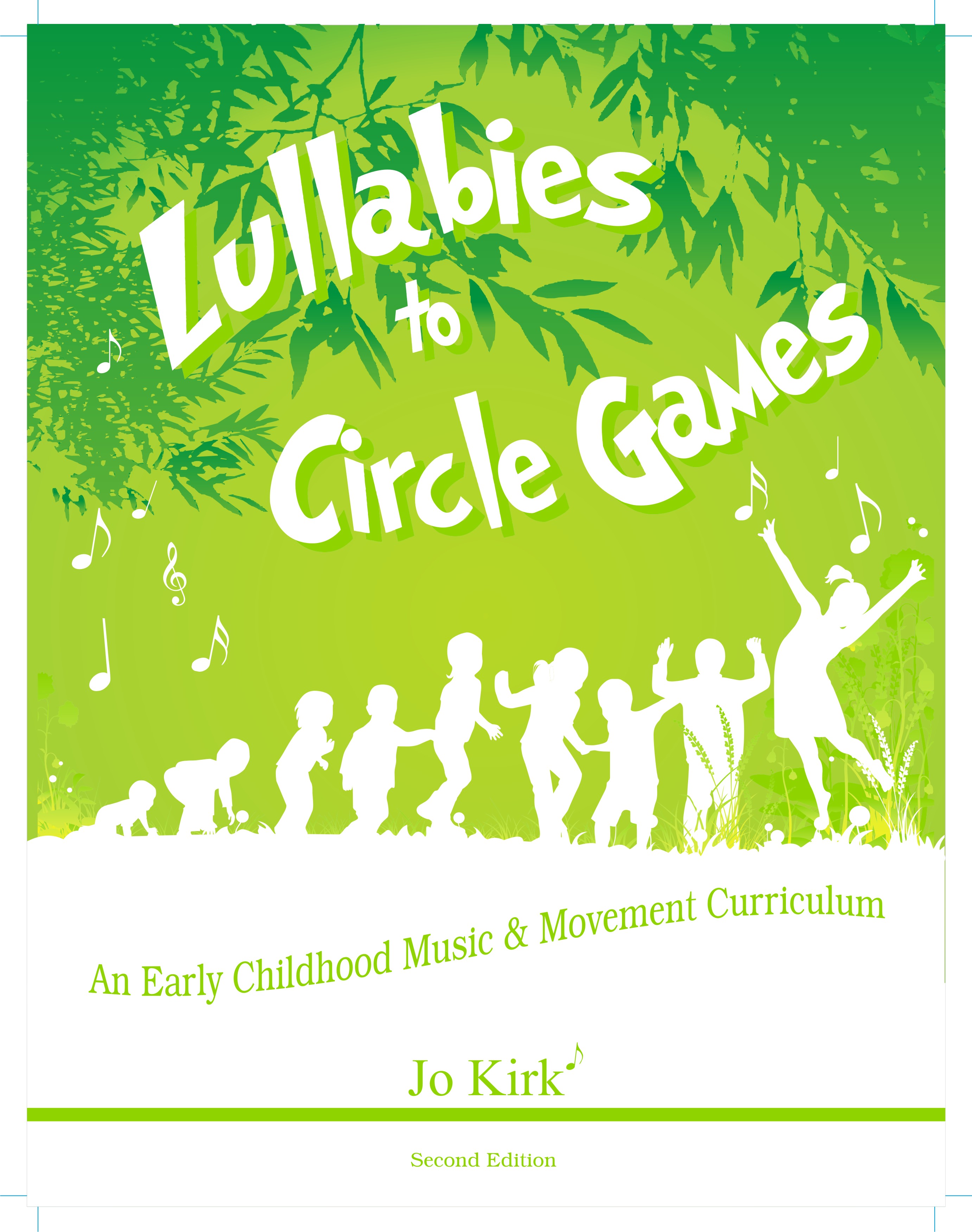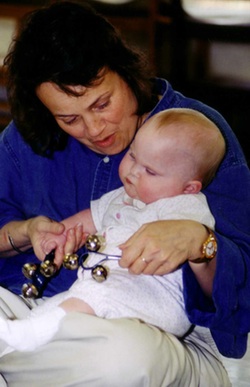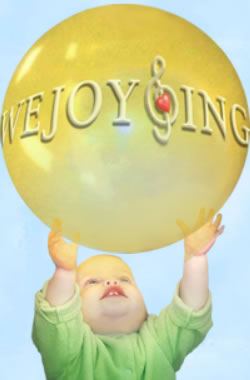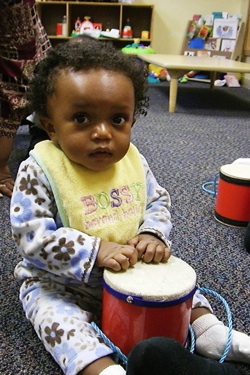NO RUSH! Let Them Observe! (Part I)
/watching….watching…watching….
An observer is a person who watches what happens but has little to no visible active part in it. Parents of an “observer” often struggle to understand why their child “just sits and watches” while others are up and joyfully playing with their parents and the other children.
I’m here to tell you, YOUR “OBSERVER” IS JUST FINE!! It is through observation that your child learns…through watching. As your “little observer” watches the musical activity, he/she is mentally very busy processing all the information he/she is “meeting and greeting.” Your child is getting to know and understand the activity through observations. This observation process gives your child a greater sense of security once he/she begins to be actively involved with the experience.
I CAN DO IT!! i CAN DO IT!!
Perhaps your little one is an observer too. If so, you will connect with the parents I’ve interviewed. These four families have been attending WeJoySing for a minimum of 9 months up to 2.5 years and have had a variety of teachers within the WeJoySing program. Two of the children attend the evening sessions and two attend mornings. The parents were asked the same questions and you will see similarities in all the replies which show how your “little observer” is still gaining from his/her WeJoySing classes. In this two part series, you’ll read how these parents guided their child through this observation process to gain new skills and a greater sense of security to joyfully, on their own, actively participate in class.
Describe the observer behaviors you see from your child during class:
Kiran: She stares very intently at the instructor and very rarely sings along. She never used to do hand motions and when she did start joining in, it was always about halfway through the activity with tiny movements. She is doing a much better job now with Mrs. Kristi than I have ever seen in any sort of class before.
Ryker: He is a great listener and is quick to collect and return instruments. Early on, he didn’t want to leave my side, but now he is eager to sit up close for the story books especially. He is always paying attention and aware of what others are doing.
kiran (monkey) enjoys the ball with mom & dad
Describe the ways you know your child is enjoying the class.
When your child is in a familiar environment what does he/she say or do from WeJoySing class?
Kiran: If she didn’t want to go, she would be a lot harder to get in the car! She used to ask me to sing the songs at home, now she sings them herself. As a toddler, she would shout “Stop!” just like the teacher whenever I sang Johnny Works with One Hammer. She loved Minka and would ask for it over and over. Now she asks me to do it with her baby sister. Starting in toddlerhood, she would happily sing the clean-up song from class when we had to put anything away. More recently, she’s been playing with the good-bye song by altering the words. I overheard her showing a book to her baby sister and singing, “Press, press, press the cow. Press the cow together. La, la, la, la…”
Ryker: Ryker always loves to sing the welcome and goodbye songs, and always has a smile on his face while doing so! He gets very excited when the instruments come out. He also runs up at the end of class for his La-La’s and to check out any instruments Mrs. Kristi shares with the class. He plays his instruments at home and remembers several songs from class!
Ryker watching…watching….learning ….learning
Talk about your feelings as the parent when your child is more of an observer.
Kiran: When she was younger, I’d get a little exasperated; but I’ve tried pushing and it only made it worse. I don’t want to say I feel ‘embarrassed’, but it does occur to me that other parents may think I’m doing something wrong, or that she’s not participating because she doesn’t understand what is going on. Lots of patience!
What changes have you seen in the amount of participation from the beginning?
Kiran: The first session we attended had only two other families and the teacher had an enormous bear that Kiran just loved. In this younger class, she wasn’t expected to do much but sit in my lap and be loved! When we moved into the older class and the group was bigger and more boisterous, she clammed up and didn’t want to get instruments or anything. The improvements began when we re-joined in the fall. A big part was that Mrs. Kristi had monkey puppets and an extended monkey theme which happens to be Kiran’s favorite! We were also in a quieter, carpeted room and although the class wasn’t tiny, she knew several other kids.
Often, a story will draw the child into the play
What do you see other parents, kids or teachers do that encourages your children to warm up at their own pace?
Kiran: The parents are always so supportive of all the children when they begin sharing their names at the beginning of class. Kiran clapped after introducing herself at a party the other, and I think it was because everyone always claps for her in WeJoySing class!
Mrs. Kristi does a number of things that really helped Kiran warm up.
1). Those darling monkey puppets and making sure each child had a chance to pick one up each time they were used. Those little delightful things make a big difference.
2). Drawing the kids out of their parents’ laps slowly by enticing them versus explicitly pressuring them to be independent.
3). Drawing them into the joy of pretend. You can tell when my child is really wrapped up in the day’s narrative because she forgets her inhibitions and dives in. Mrs. Kristi sells the daily narratives really well and ties it together seamlessly.
Ryker: Mrs. Kristi and all the parents clap and praise each child as they demonstrate some independence. Whether it be saying their name out loud or playing an instrument by themselves, it is such a warm, safe and inviting atmosphere.
What would you say to another parent with a child who likes to observe?
Kiran: Every child is different, and every class is different make-up; but there are lots of aspects of WeJoySing that can be seeds to a breakthrough! Whether it’s the exciting array of props and instruments, or the introduction ritual, the imaginative play or the La-La stamps; kids can build musicality through observation or from bringing class activities home. One of the best things we have brought home is the Clean-Up Song! It magically transforms putting things away from a chore into a joy…What parent doesn’t need that???
Ryker: WeJoySing is a wonderful program that provides creative movement and play while encouraging learning and individual development. It is an exciting and positive environment that truly encourages the children to do their best and have fun!
WeJoySing sends a huge THANK YOU to the Kiran and Ryker Family!!
La La’s
Mrs. Kristi


